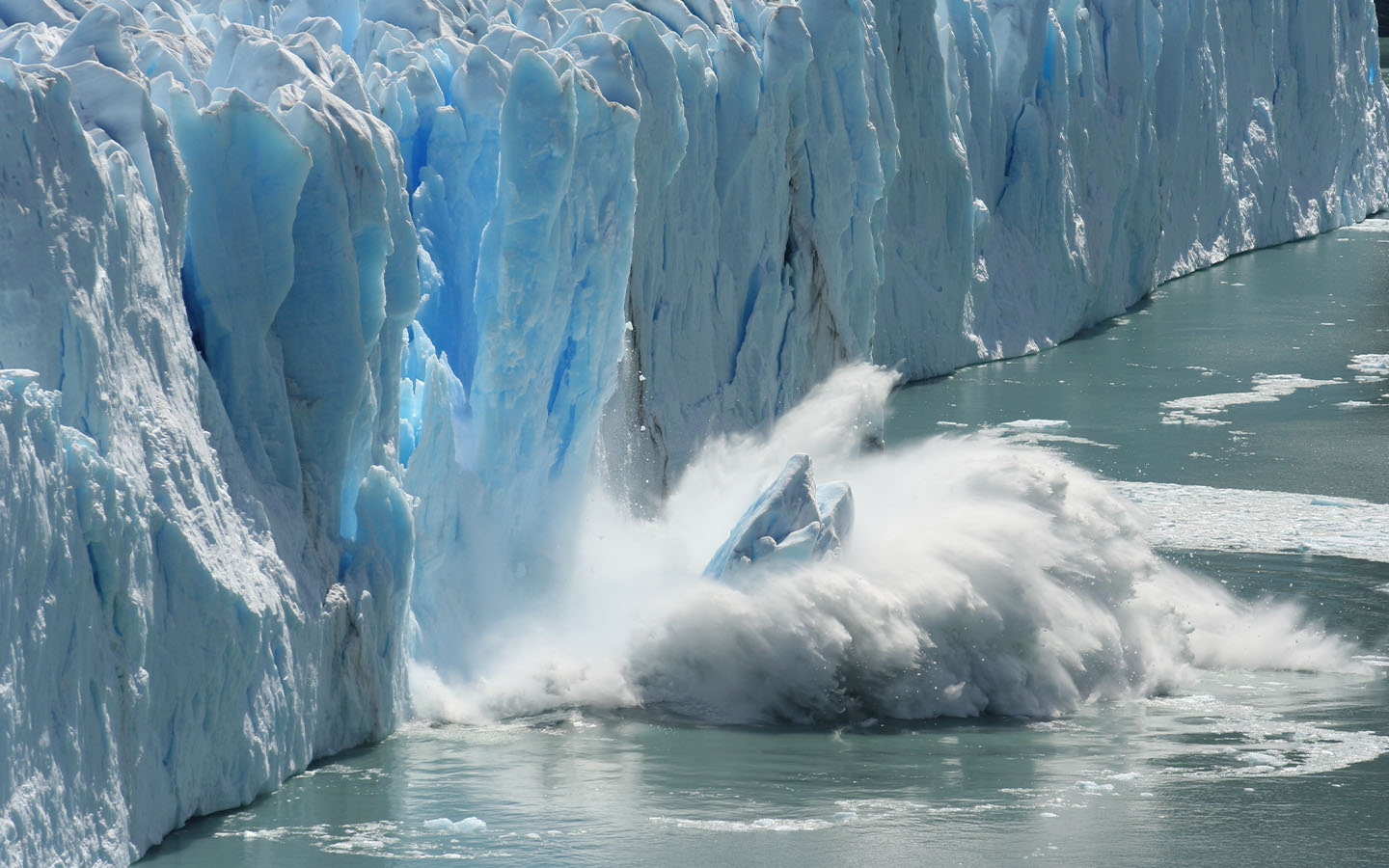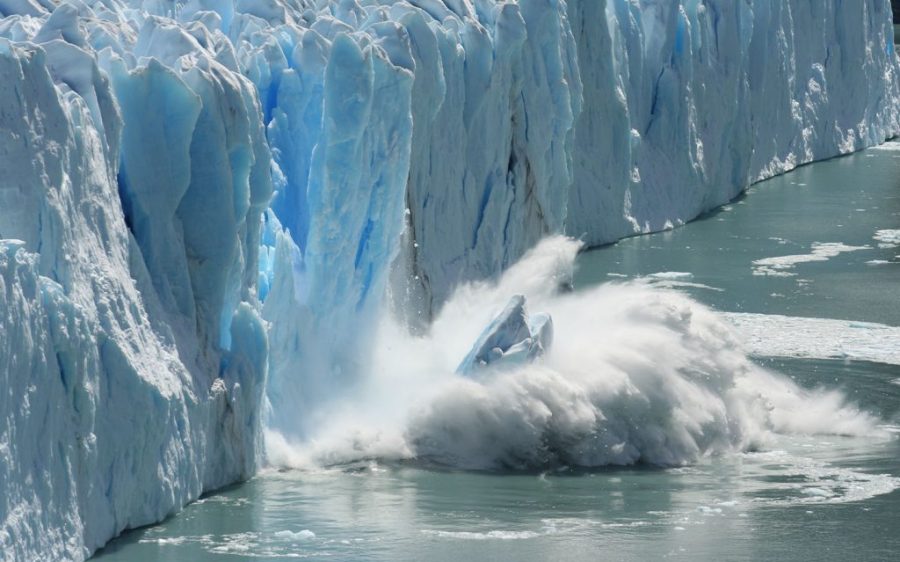Around 40 percent of global glacier mass is already ‘doomed’ at current temperatures and each fraction of a degree warmer adds to that loss, according to a new study published in the journal Science.
The study, which was reported by SciTechDaily, reveals how limiting warming to 1.5°C could save twice as much glacier ice as warming of 2.7°C – the projected temperature increase under current policies. Even at the current level of 1.2°C above pre-industrial levels, glacier mass would still drop by an estimated 39 percent of 2020 levels, contributing more than 10 centimetres to sea-level rise.
Conducted by an international team of 21 scientists from 10 countries, the study used eight glacier models to estimate ice loss from over 200,000 glaciers outside Greenland and Antarctica. Analysing a wide range of global temperature scenarios, they looked at how each one would play out over a 1,000-year period to better understand the long-term impact of warming on glaciers.
“The choices we make today will resonate for centuries, determining how much of our glaciers can be preserved,” Harry Zekollari told SciTechDaily. A co-lead author from Vrije Universiteit Brussel, he began this research as a postdoctoral fellow in the Department of Civil, Environmental and Geomatic Engineering at ETH Zurich.
Each scenario showed a rapid loss in glacier mass over the first few decades that continued at a slower rate for centuries – even without further warming. Such consistent long-term impacts demonstrate the value of the study, the first to “project global glacier evolution over multi-centennial timescales,” and “using eight models instead of one or two,” Zekollari explained. “Most glacier studies stop at 2100, which is problematic when simulating the long-term impact of today’s climate policies, given the long-term response of glaciers over time.”
[See more: Climate change could push Macao’s sea levels 64 centimetres higher than they are now]
Studies looking to the year 2100 estimate a loss of around 20 percent no matter how temperatures change in the future, a sharp contrast with the new study’s finding that nearly twice as much ice would disappear under current warming when looking over several centuries.
“We find that around 40 per cent of glacier mass is effectively doomed to disappear,” Zekollari said. That loss has far broader implications than sea-level rise, threatening the availability of freshwater, increasing risk of glacier-related hazards such as floods and landslides, and jeopardizing glacier-fed tourism economies.
“These effects underscore the critical importance of present-day climate policies,” Zekollari emphasised. “Our study makes it painfully clear that every fraction of a degree matters. If we manage to limit global warming to plus 1.5°C instead of plus 2.7°C, we could still save twice as much glacier ice.” For each 0.1°C of warming, the study finds, the world risks losing approximately 2 percent more of its glacier ice.
“This study is a major contribution to the United Nations International Year of Glaciers’ Preservation, emphasizing the urgent need for global climate action to protect the world’s glaciers,” Daniel Farinotti, professor of glaciology at ETH Zurich and the Swiss Federal Institute for Forest, Snow and Landscape Research WSL, told SciTechDaily.
His research group at the Laboratory of Hydraulics, Hydrology and Glaciology played a central role in producing the new findings. The entire study led by Zekollari and Lilian Schuster from the University of Innsbruck was conducted as part of the Glacier Model Intercomparison Project and coordinated by the Climate and Cryosphere Project of the World Climate Research Programme.






